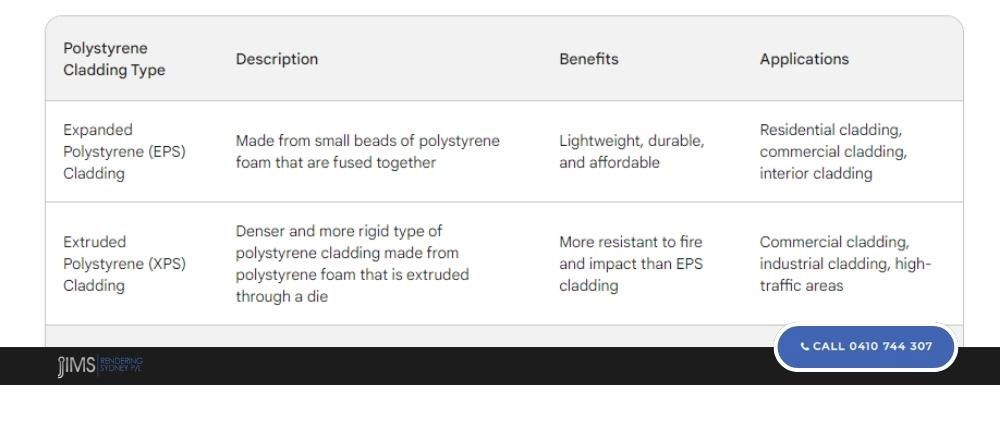Textured Polystyrene Cladding: Breathing New Life into Your Building
In the world of architecture and design, aesthetics and functionality go hand in hand. A building's exterior, often referred to as its cladding, plays a pivotal role in shaping its overall character and appeal. While traditional cladding materials like wood, stone, and brick have long been popular choices, they can be expensive, time-consuming to install, and require regular maintenance. This is where textured polystyrene cladding steps in, offering an array of benefits that make it a compelling choice for both residential and commercial buildings.
Benefits of Using Polystyrene Cladding
The benefits of using textured polystyrene cladding extend far beyond its aesthetic appeal. This versatile material offers a unique combination of advantages that make it a frontrunner in the cladding industry:
1. Affordability
Cost is often a major consideration when choosing cladding materials. Polystyrene cladding stands out as an exceptionally cost-effective option compared to traditional materials like stone or brick. Its lightweight nature and ease of installation further contribute to its affordability.
2. Durability
Polystyrene cladding is remarkably durable, able to withstand harsh weather conditions and resist moisture, rot, and insect infestations. Its resistance to impact and UV rays ensures that it retains its structural integrity and aesthetic appeal over time.
3. Energy Efficiency
Energy efficiency is paramount in today's environmentally conscious world. Polystyrene cladding excels in this regard, acting as a thermal insulator and helping to regulate indoor temperatures. This translates to reduced energy consumption and lower utility bills.
4. Low Maintenance
Polystyrene cladding is remarkably low maintenance, requiring minimal upkeep compared to traditional materials. Its smooth surface prevents dirt and grime from accumulating, and it can be easily cleaned with soap and water.
5. Versatility
Polystyrene cladding is incredibly versatile, offering a wide range of textures and finishes to suit diverse architectural styles. From smooth, modern finishes to rustic, textured options, there's a polystyrene cladding solution to complement any building's aesthetic.
6. Environmentally Friendly
Polystyrene cladding is an eco-friendly choice, as it is recyclable and manufactured using sustainable processes. Its energy-efficient properties further contribute to its environmental credentials.
Polystyrene Cladding Installation for Homes
Adding textured polystyrene cladding to your home can transform its exterior, enhancing its curb appeal and increasing its value. The installation process is relatively straightforward and can be completed by experienced professionals. Here's a general overview of the steps involved:
- Preparation: The exterior walls are prepared by removing any existing cladding and ensuring a smooth, level surface.
- Adhesive Application: Adhesive is applied to the back of the polystyrene cladding panels.
- Panel Installation: The cladding panels are carefully positioned and secured to the walls using either adhesive or mechanical fasteners.
- Joint Sealing: Joints between the panels are sealed using a compatible sealant to ensure weatherproofing.
- Finishing Touches: Once the cladding is installed, it can be painted or textured to achieve the desired aesthetic.
Conclusion
Textured polystyrene cladding has emerged as a game-changer in the cladding industry, offering a compelling blend of affordability, durability, energy efficiency, low maintenance, versatility, and environmental friendliness. Its ease of installation and suitability for both residential and commercial applications make it an attractive choice for homeowners, builders, and architects alike. With its ability to enhance a building's aesthetics and performance, textured polystyrene cladding is poised to become the cladding of the future.




